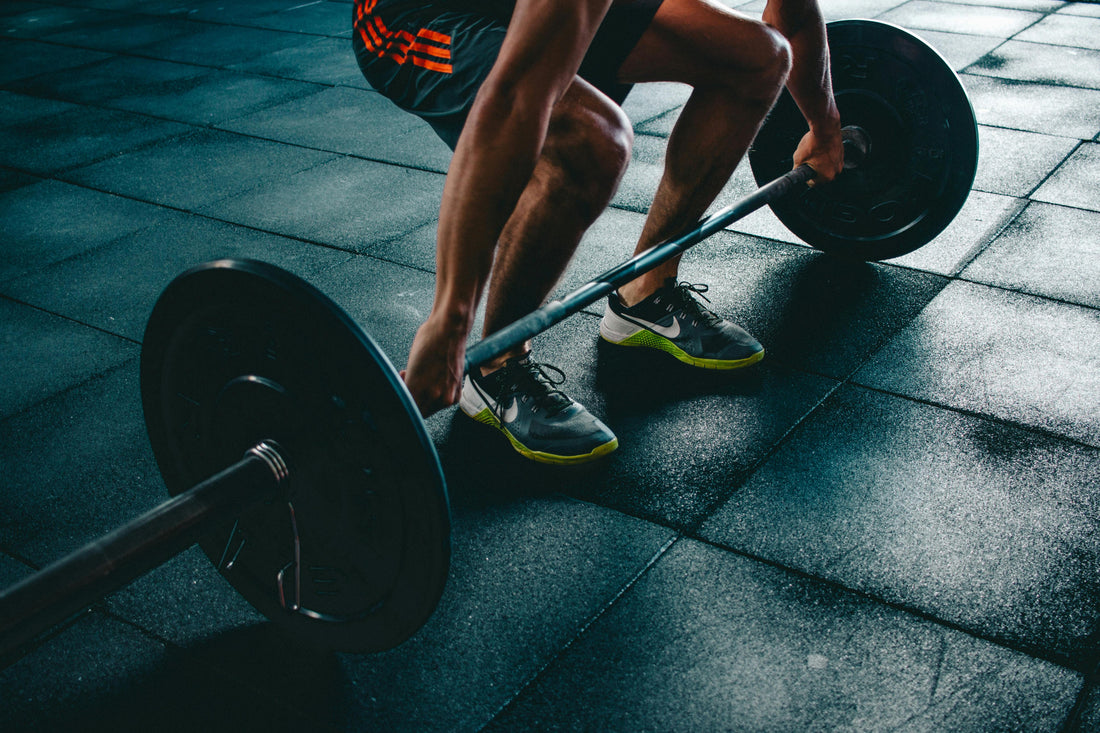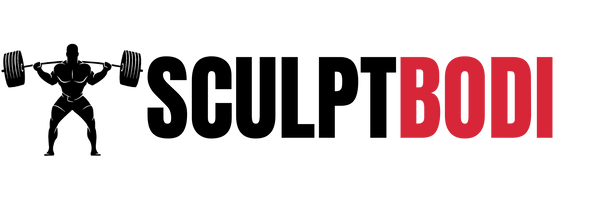
A Quick Guide to Home Gym Flooring
Share
Home gym flooring isn’t just about looks — it’s about performance, safety, and protecting your investment. From your joints to your subfloor, the right flooring makes a huge difference.
Why Flooring Matters
-
Protects Your Equipment: Dropping weights on concrete can damage both the floor and your gear.
-
Joint Protection: Shock-absorbing mats reduce impact, especially for HIIT, plyometrics, or treadmill running.
-
Noise Reduction: Helps dampen sound if your gym is above living areas or shared walls.
-
Traction & Safety: Prevents slipping and injury during workouts.
Flooring Options
-
Rubber Tiles: Durable, non-slip, and ideal for heavy lifting zones.
-
Foam Mats: Softer underfoot and great for bodyweight or low-impact workouts.
-
PVC or Vinyl Rolls: Water-resistant and easy to clean — perfect for multi-use spaces.
-
Interlocking Tiles: Easy to install, replaceable, and customizable.
Pro Tips:
-
Use thicker mats (8mm+) under squat racks or power cages.
-
Choose textured surfaces to prevent slips.
-
Cover the entire workout area for uniform protection.
Conclusion:
The right flooring sets the foundation for everything you do. Think of it as the base layer for building strength, mobility, and long-term consistency.
